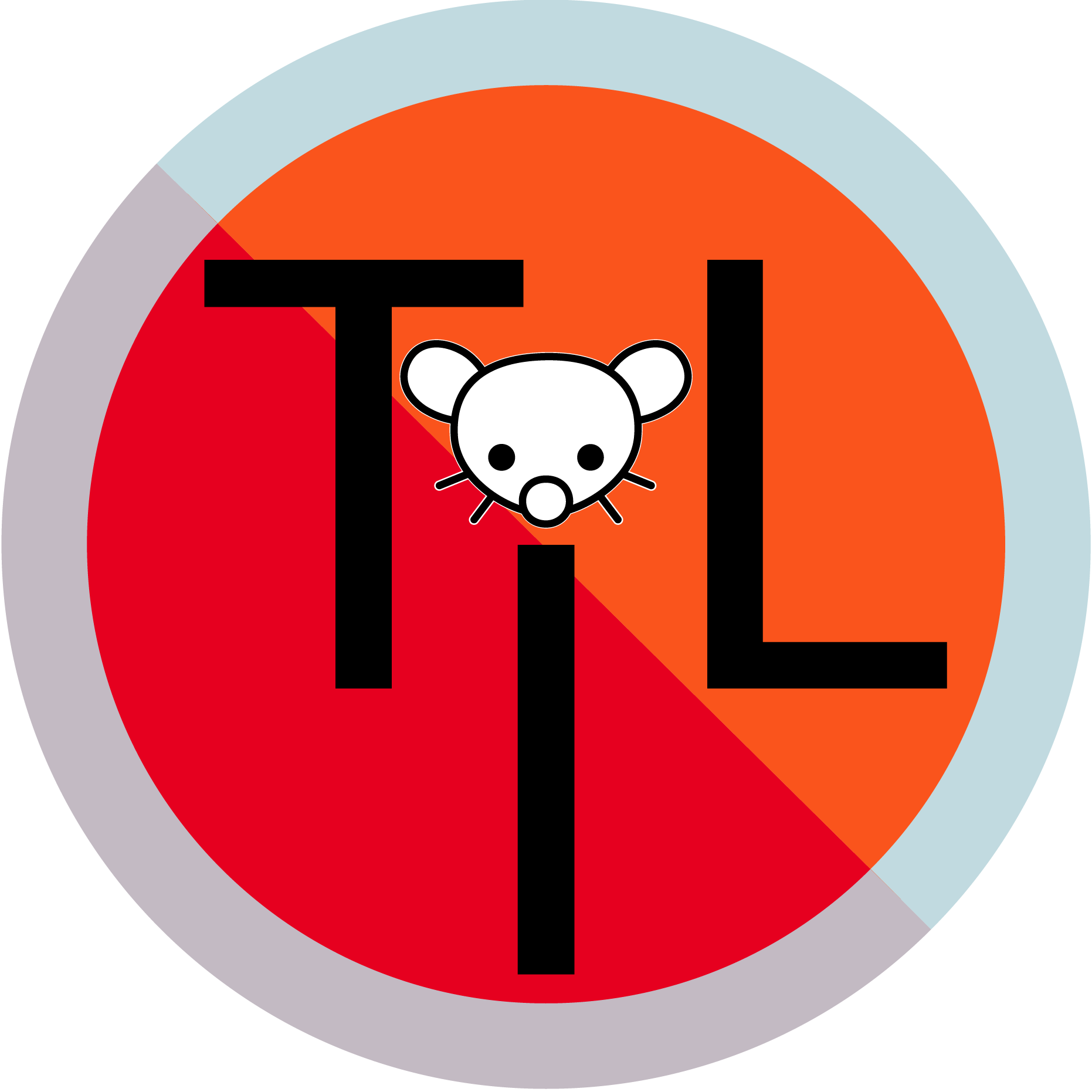Pretty much any conception of heaven implies lots of supernatural things. At that point, levitation, invisible dimensions, teleportation of body or soul, scrying etc. all come into consideration, so talking about a physical place is meaningless.
- 2 Posts
- 443 Comments
I’m looking for the name of the 3D racing game my classmates used to play on the school club PC. It came out in the 2000s and ran natively on Windows. The first track in the career mode (as far as we ever got) was dirt and inside an nighttime arena. There were crowds and even some onlookers behind barricade blocks around the track. I don’t think the cars could be damaged, and there were intended jumps over lower tracks sections, that could be enjoyed by driving from below to jump really high. Several views were available including one with a rear-view mirror, and a “blimp” aerial view in replay mode. It looked a lot like the nighttime arena tracks in ATV Offroad Fury (pictured) but with closed-cab vehicles.


 5·5 days ago
5·5 days agoI imagine many Brits are, they’re just unable to pay for cousin reattachment surgery.

 3·6 days ago
3·6 days agoMaybe OP bought this together with the phone
https://www.ulefone.com/products/usmart-e03

 4·8 days ago
4·8 days agoI can’t activate my hyperfocus on command, sadly. It sometimes happens around trains but that’s not what the work is about.

 4·9 days ago
4·9 days agoLook up “homemade Dubai lamps” or as Big Clive likes to call them, “Dooby lamps”. Basically decrease the power by 30% or more by replacing or removing one of current-sense resistors to get a many times longer lifespan. Very easy with lamps that have a linear regulator on the LED board; ones that have a switching regulator inside need to be disassembled further than just popping off the plastic globe (preferrably by milling into the housing from the SMD side of the board because that doesn’t disrupt the thermal design of the LED board). With the latter approach, I can also fix another common issue: the input inductor going open circuit, usually indicated by flashing and a burned-out bypass resistor (most often 4k7 or “472”) − I just short it, I don’t care about the little extra interference if it mskes the bulb work again.
Most sane WWA plot point
Exactly, it is just taken into account in their evaluation. A person respecting consent will just reevaluate that relationship opportunity as 0 and move on to the next candidate or stay alone.
The 37% is a great reference for math nerds! It’s ⅟𝑒, the number of candidates one should sample before waiting for a better one to maximize the chances of picking the best one in a pick-or-pass scenario. See Secretary problem on Wikipedia
True but the current online use of “biblically accurate angel” implies the angels we’ve been drawing are biblically inaccurate. That’s ignoring most types of angels, see Hierarchy of angels on Wikipedia.
wheel within a wheel
As an atheist, I don’t think Ezekiel actually had divine visions so his (or whoever pretended to be Ezekiel’s) texts must have been based on what he’d heard or could think of. A gyroscope might be the most mesmerizing and high-tech device he had seen. What is its equivalent today? Volumetric display? Drone show? VR?

 11·15 days ago
11·15 days agoShe’s seeing a consumer whore version of herself, I guess? I haven’t seen a targeted ad in years.
AoC stands for Age of Consent
You need more than DNA to recreate a person. Is this comic by the writers of Black Mirror’s USS Callister?
Vibe spelling doesn’t work. I looked up a spelling on Google and the AI contraadicted itself.
It was in Czech but basically
Milosrdní bratři is an organization and its name is therefore correctly spelled with a capital M and capital B. The hospital is thus called “Nemocnice Milosrdných bratří” with all words capitalized, as you can see.
(Yes, we have different capitalization rules from English. The bold spellings are correct but don’t correspond to the “reasoning”.)
Not to mention all of Grammarly’s brain farts like this.

 1·24 days ago
1·24 days agoI wasn’t saying the exchange for money happens on Valve’s servers, but it’s Valve who oversees everyone’s inventory. You could hack the game and run a third party account server and give yourself all the knives but they would not be recognized by Valve and thus worthless, unless you convince exchanges that your server is trustworthy and has assets behind it.

 2·24 days ago
2·24 days agoI mean, there’s DRM but that hasn’t stopped them ever before…
Do they stand to lose something if they switch? I don’t understand CS:GO economics, maybe there is a sanction-evading money flow via weapon and skin trading on Valve’s servers?

 31·25 days ago
31·25 days agoWhat’s preventing Russians from hacking Counter-Strike and making their own “Кантр-Страйк” servers?

 2·24 days ago
2·24 days agoI submitted the mysterious extra
nsituation on military keyboards as a question for Lateral and they featured it in today’s episode!Spotify video • Spotify CDN raw file (34:18) • catbox.moe • Podverse.fm clip • Website with transcript
They reserve the right to edit questions and omitted the important
n-lock key. A keyboard with a permanently missing 3 would be ridiculous.

 67·26 days ago
67·26 days ago99.999999999999% chance the lava lamp inside your computer is broken.
(The difference from 100% might be my CPU’s floating point rounding error)



You are correct! Thank you!
How did you find that?